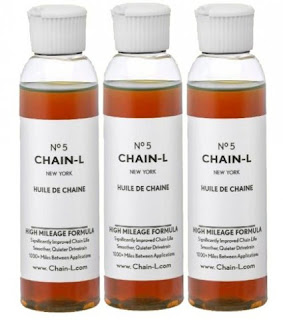To love is to suffer. To avoid suffering one must not love. But then one suffers from not loving. Therefore, to love is to suffer; not to love is to suffer; to suffer is to suffer. To be happy is to love. To be happy, then, is to suffer, but suffering makes one unhappy. Therefore, to be unhappy, one must love or love to suffer or suffer from too much happiness. I hope you’re getting this down.
Love & Death (1975)
I know it's not been nice weather, but the event is drawing nearer and every training ride between now and the event is, as we say 'money in the bank'. Don’t rely solely on our team training rides alone to prepare for the event. Of course that assuming you want to complete the event without lots of suffering. Now is the time to ramp it up, train on weekends at a distance similar to our team training ride schedule.
There's a saying in cycling circles "Training hard makes racing easier" or words to that affect.
It's time to ramp it up riders!







